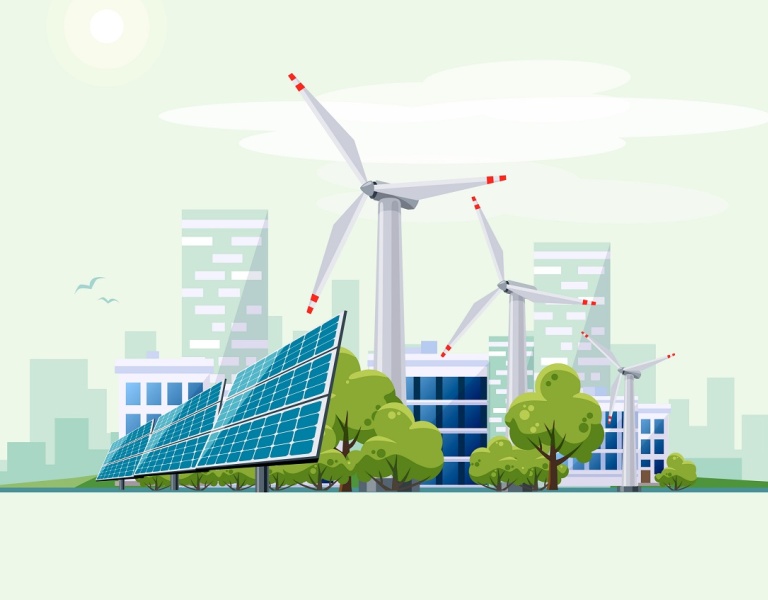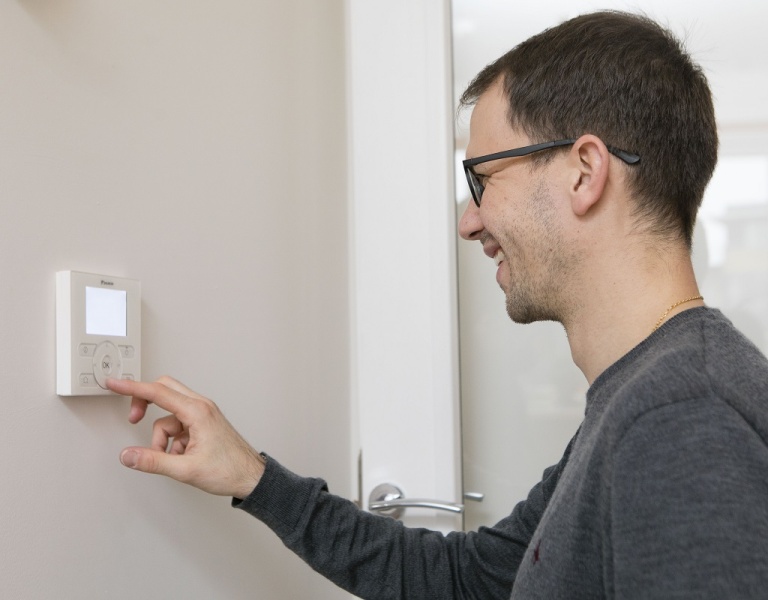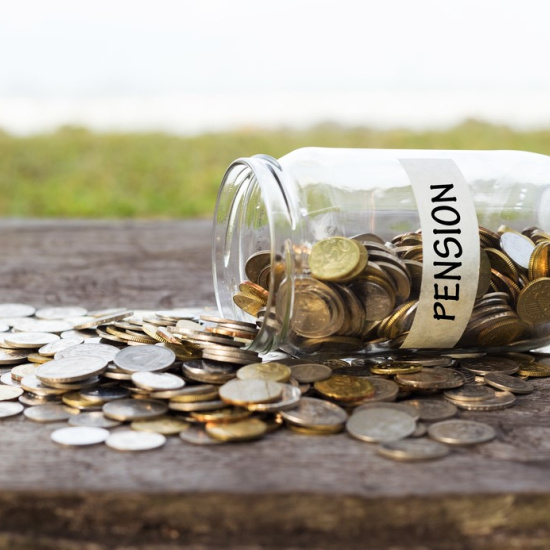What are the basics of a Smart Grid?
Ireland is on course to achieve its target to have to have 40% of its annual electricity supplied by renewables by 2020 (a target of at least 55% by 2030 is envisaged). However, as we edge closer towards using more renewables, this puts our grid under pressure. This is because using renewable energy such as wind is intermittent and not fully predictable for forecasters. There is also no ideal solution for storing electricity at a sufficiently large scale.
The grid, which is the system through which our electricity flows from generators to end-users, must always have a balance between supply and demand. This is the core principle of any power system operation. This is more challenging for the Irish power system than for other countries on the continent where power systems are typically large and well-connected between countries.
For example, when Denmark had an overflow of energy supply from its wind source, it was able to sell and interconnect to neighbouring countries for a fee.
As Ireland is an island, we have to manage our electricity flow balance between supply and demand more independently. Therefore, as we move towards relying on renewables for energy supply, management of this requires a meticulous approach.
How can we help the grid to work with renewable sources?
Firstly, the demand for energy needs to be more flexible across all sections of society, so that electricity demand can adjust itself to when renewable electricity supply is available. This represents a U-turn in the way balance between electricity supply and demand has been maintained to date. This shift will help take the pressure off the grid when demand is at peak levels, typically around 7pm. It also avoids waste of domestic renewable electricity generation resources when demand is low, typically at night.
For this to work, electricity demand must become adjustable, controllable and its flexibility must be monitored and managed in order to be exploited by the grid. In other terms, this requires the supply side (before the meter) and the demand side (behind the meter) of power systems - to communicate in real-time and to be controllable.
A need to deploy a layer of smart grid digital technologies such as an advanced metering infrastructure (AMI, e.g. smart meters) or information and communication technologies (ICTs, e.g. smart thermostats) as well as automated control systems is required.
For those generating their own renewable energy, battery storage is also favourable. The on-going transition to electric vehicles, electric space and water heating systems (such as heat pumps) will increase electricity demand but will also reduce overall energy consumption in transport and heating. At the same time, it will reduce Ireland's reliance on fossil fuels and will provide additional flexible electricity demand to balance the supply of variable renewable generation.
Why are smart digital meters important
Smart digital meters are essential for electricity users to become part of the Smart(er) Grid. Ireland has huge potential for growth in the renewable energy sector. However, we must become more aware and engaged with how we consume and use energy. Currently most Irish people are paying a flat rate tariff for their electricity and purchase occurs every two months.
Citizen awareness and engagement on how electricity is produced and consumed can only be achieved through the deployment of smart grid digital technologies (AMI, ICTs, automated control systems, etc.) for which smart digital meters are a cornerstone device for electricity users. The European Union has a vision for all citizens to become more involved with their energy use through smart meters. Smart meters will help people understand better the way electricity is consumed in their homes and about the sources of electricity (i.e. renewable or not).
Smart digital meters will give people control and more choice when it comes to their energy practice. For example, a smart meter allows a person to change their energy use to a time when the grid is not under pressure or supplied mostly with renewable energy and therefore has lower electricity tariffs and cleaner energy.
This form of interaction between citizens and the grid is a positive step towards brilliant energy efficiency.
What is the next step?
The installation of smart digital metering has already commenced across Europe and internationally.The phased rollout in Ireland is planned to start this year and will continue for six years. It is expected that around 2.3 million electricity smart digital meters will be installed in homes and businesses nationwide, replacing old mechanical meters.
Adopting and engaging with smart technologies that can help citizens understand and manage the way energy is produced and consumed at home. This is essential for our community to achieve its vision for a low carbon energy system. It will also assist our economy in reaching its sustainable energy potential and will ultimately help in the battle against climate change.




